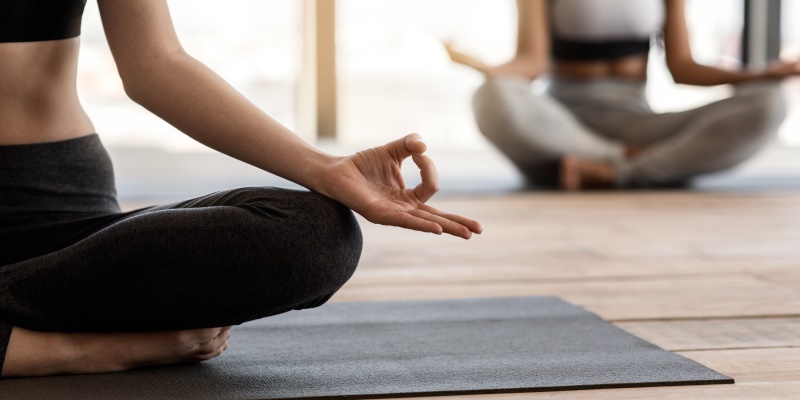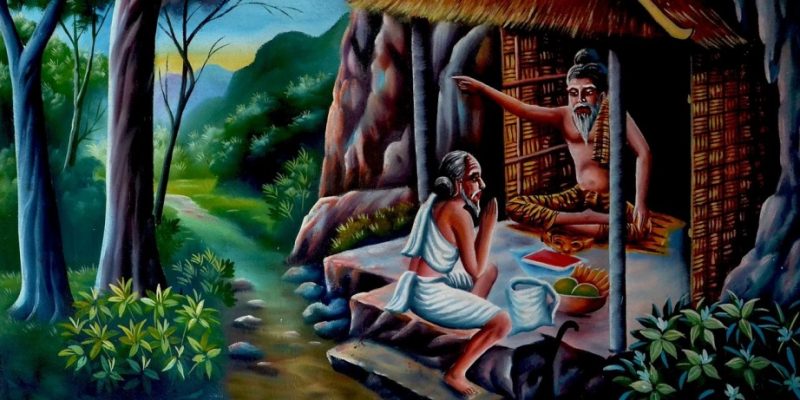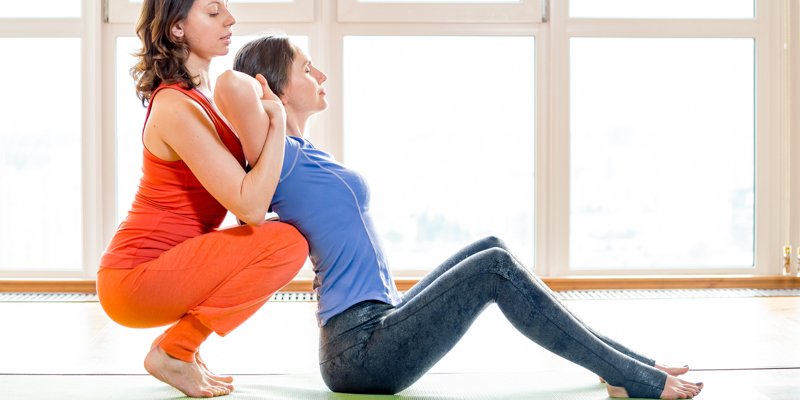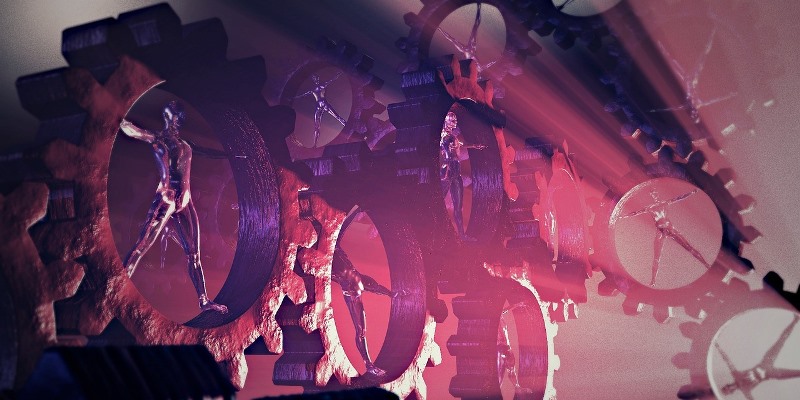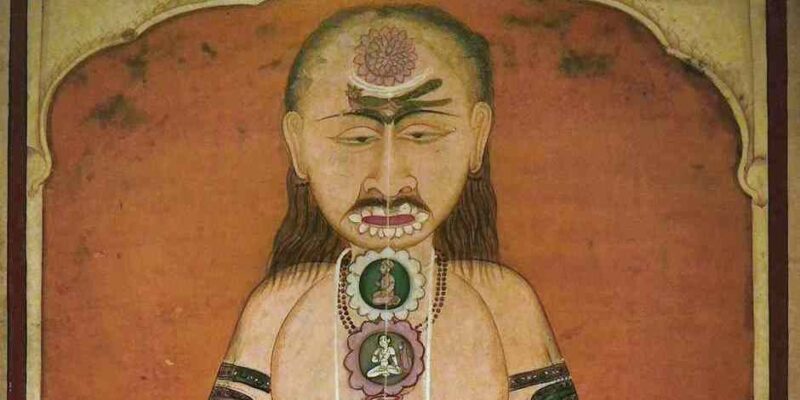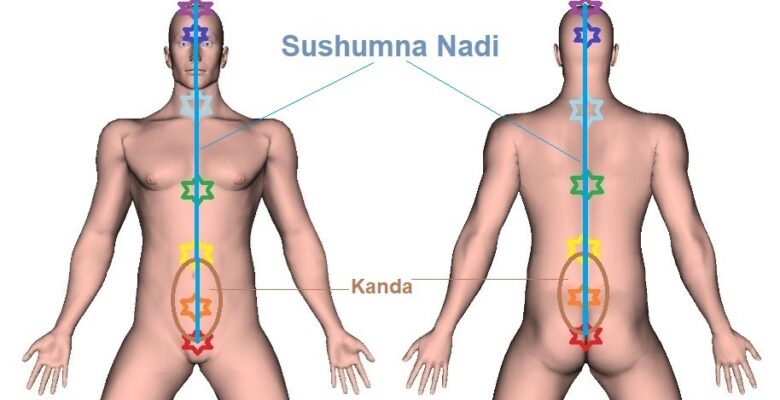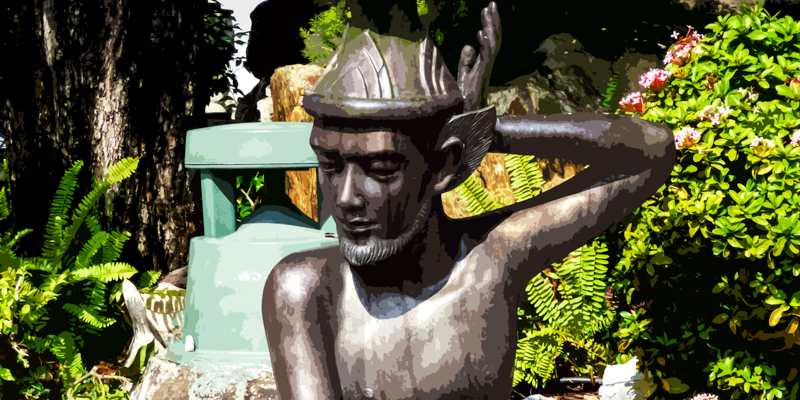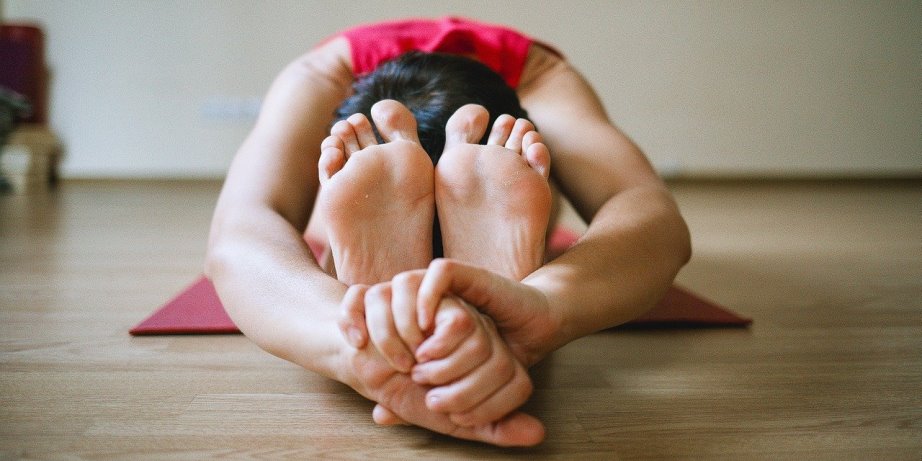
Raja Yoga carries a range of synonyms such as Ashtanga Yoga (Yoga Sutras of Patanjali), Royal Yoga, King of Yogas, Classical Yoga, or the Yoga of Meditation, among some other denominations.
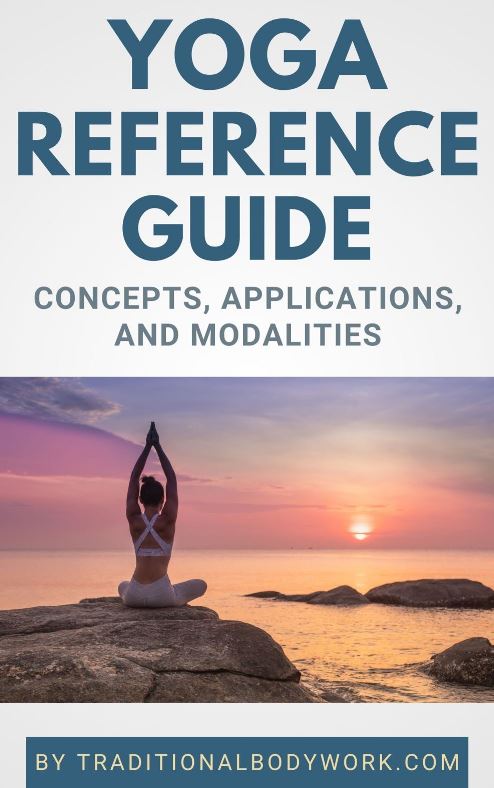
It’s often categorized as one of the four branches of Yoga, which are known as Karma Yoga, Bhakti Yoga, Jnana Yoga, and Raja Yoga. Mind that this is just one type of categorization, a model of grouping Yoga types and styles which became popular through the works of Swami Vivekananda (1863 – 1902).
Today, Raja Yoga is strongly associated with the type of Yoga that Patanjali described in his Yoga Sutras, that is the Eight Limb Yoga or Ashtanga Yoga. Although Patanjali’s Yoga system includes the notion and importance of doing Asanas (Yoga postures) its final aim is achieving a profound state of Dhyana (contemplation and meditation) and Samadhi (deep meditative absorption of the mind). It’s why Raja Yoga is also called the Path of Meditation or Yoga of Meditation.

With the emergence of Yoga as Exercise in the early 20th century, built upon Hatha Yoga (which is by some believed to be derived from Patanjali’s Ashtanga Yoga Sutras), Raja Yoga became also a kind of synonym for the more gymnastic i.e. physical type of Yoga.
This type of Yoga primarily consists of performing Asanas and other bodily exercises. Nevertheless, the ultimate goal of practicing Raja Yoga is to achieve spiritual Self-Realization or Enlightenment, that is, Moksha or Nirvana.
The core idea behind Raja Yoga is that our perception and knowledge of our true, divine Self is concealed by a restless mind. By stilling and calming the mind, and not let it wander to whatever arises in our environment or within us, we can realize the real Self, which will then spontaneously show itself as pure Universal Consciousness and the Divine. This then is the end of the illusory separation between the Ego (the I or persona) and God (or the Divine) and bestows true wisdom, happiness and bliss upon us.





